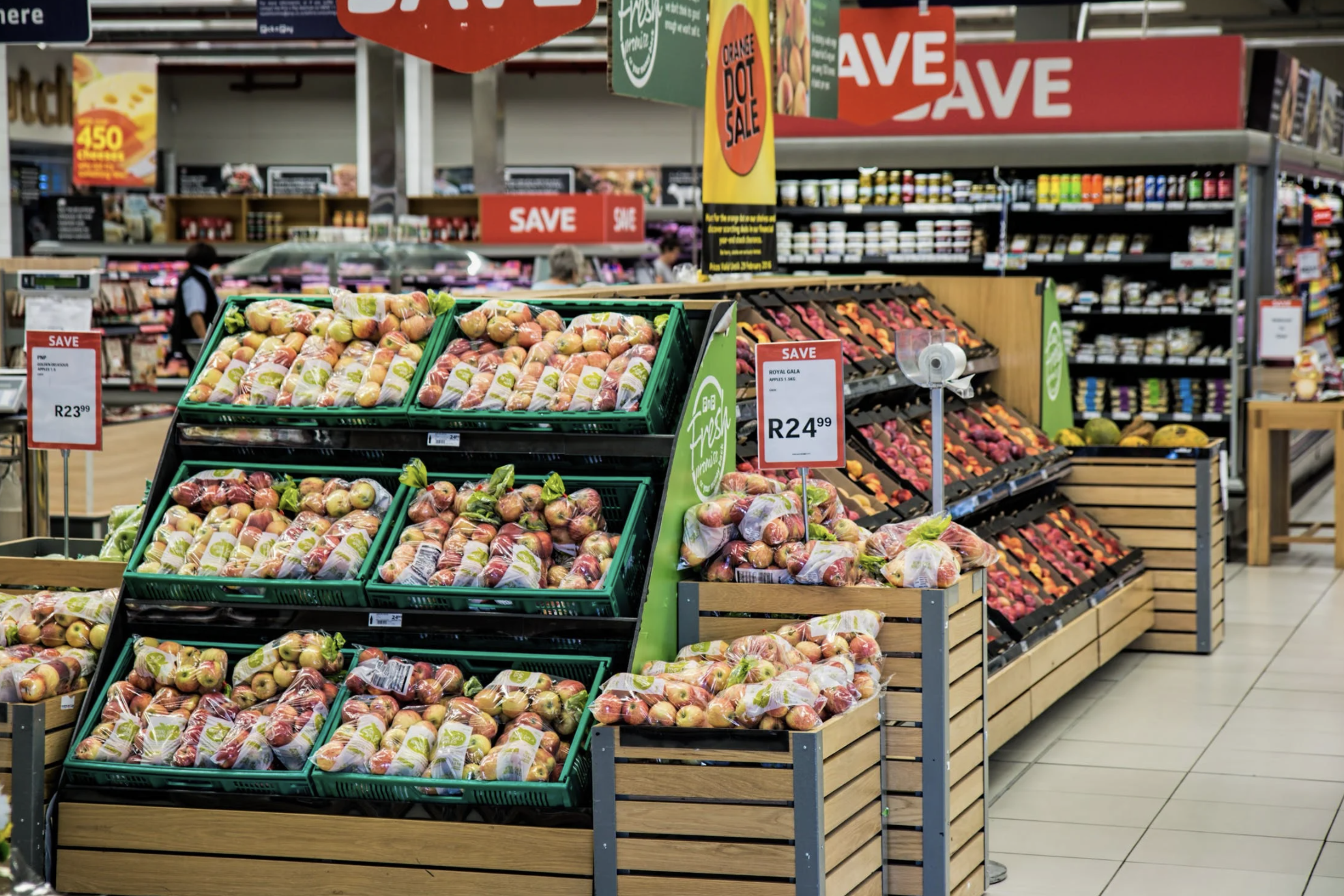Is Organized Crime Responsible for Shrinking Retail Margins and Higher Prices?
Photo: Pexels
This article originally appeared in Presence Marketing’s October 2021 Industry Newsletter
By Steve Hoffman
The answer is yes, according to Kroger CEO Rodney McMullen. McMullen told investors in a quarterly results call on September 10 that its gross margins decreased by 0.6% – and that approximately 25% of that decline was due in part to loss of inventory, or what retailers refer to as shrink. “That's heavily driven by organized crime or at least it appears to be,” McMullen said of the shrink factor, according to the Cincinnati Business Courier. “And I know Congress and other groups are starting to spend more time on understanding what's driving that and what's behind it and what's the distribution channels for the stolen products, as well, and trying to manage that,” McMullen said.
As a result of rising levels of theft, higher supply chain costs and increasing food prices overall, McMullen shared that the grocery chain will raise food prices 2% to 3% this year.
Mark Matthews, VP of Research, Development and Industry Analysis for the National Retail Federation (NRF) told the Cincinnati Business Courier that the organized crime Kroger referred to is not necessarily something involving the “mafia,” but instead comprises organized gangs of people stealing from stores, delivery trucks, warehouses and elsewhere for cash, and it’s a growing trend, he said.
According to NRF’s most recent security survey, 69% of retailers responded that they has seen an increase in organized retail crime. Earlier this year, Home Depot reported that it is using technology to try to curb what it said has become a crime problem as the cost of lumber skyrocketed during the pandemic. Kroger said it is working with trade associations to try to fight the amount of product theft the company is currently seeing.
Tackling food fraud, estimated to cost the food industry as much as $40 billion a year in lost sales, product recalls and legal bills, especially during the pandemic, has been challenging because of complex supply chains and the fact that products can change hands numerous times before they reach supermarket shelves, reported Bloomberg. Cases tagged as fraud, adulteration or authenticity-based jumped 38% in the fourth quarter of 2020, compared to the previous year, reported U.K.-based Food Forensics.
The pandemic has complicated efforts to crack down on such criminal activity, as police resources have been diverted and online marketplaces and delivery platforms are creating more opportunities for illegal goods to be sold, Kimberly Carey Coffin, Global Technical Director at Lloyd’s Register, shared with Bloomberg.
“We are as busy as we have ever been, particularly with white flaky fish, tomatoes, rice and other core commodities that are usually vulnerable to fraud,” Rick Sanderson, Business Development Director of Food Forensics, told Bloomberg.
In examples of the growing problem, the Associated Press (AP) reported in mid-September that four people were arrested on suspicion of stealing nearly $2 million worth of retail products from 43 different stores across California. Investigators found the merchandise the theft ring had stolen stacked “floor to ceiling” inside a mobile home and multiple storage units. In April 2021, police arrested two men and recovered nearly $1 million in goods stolen from grocery stores, AP reported.

